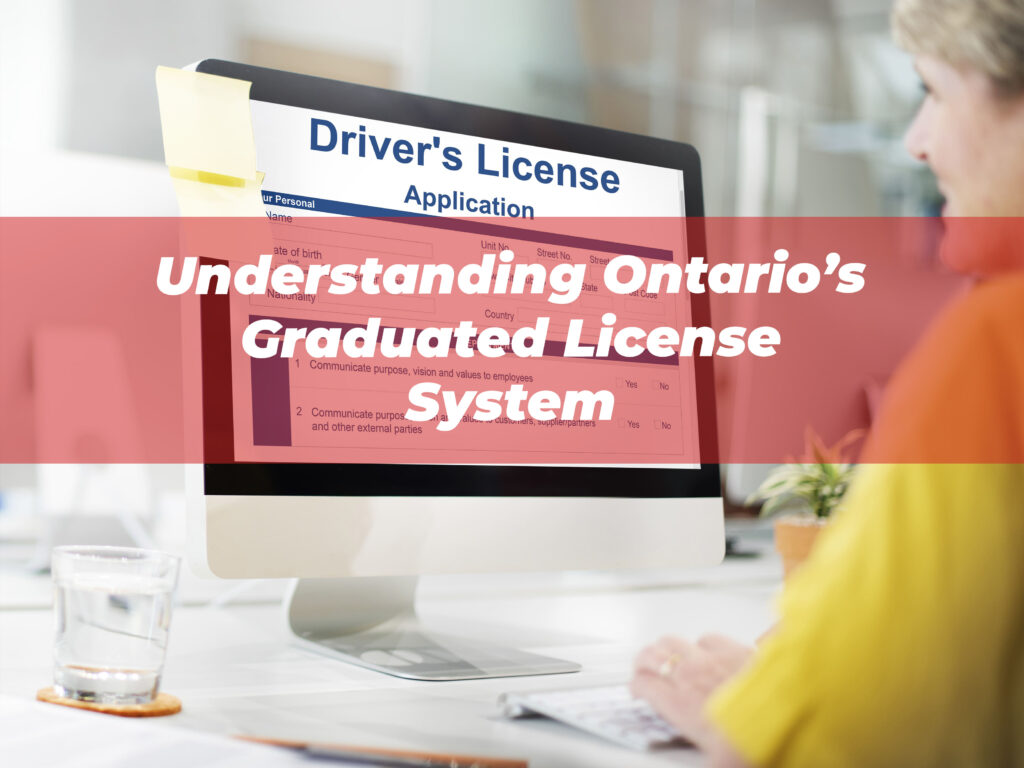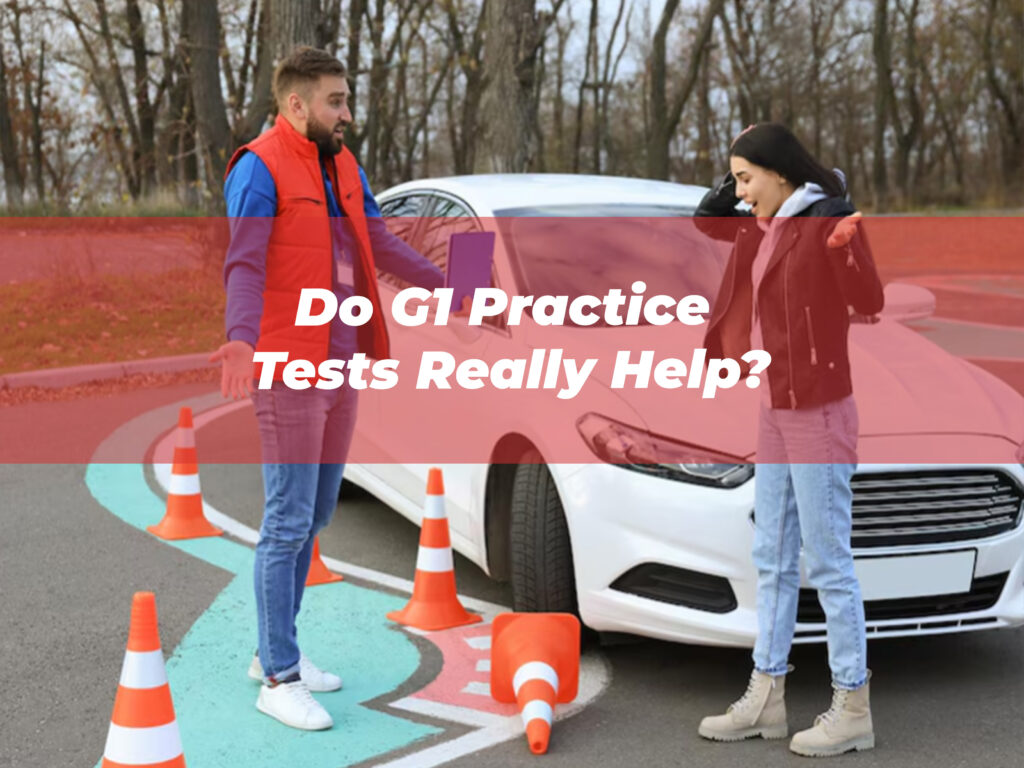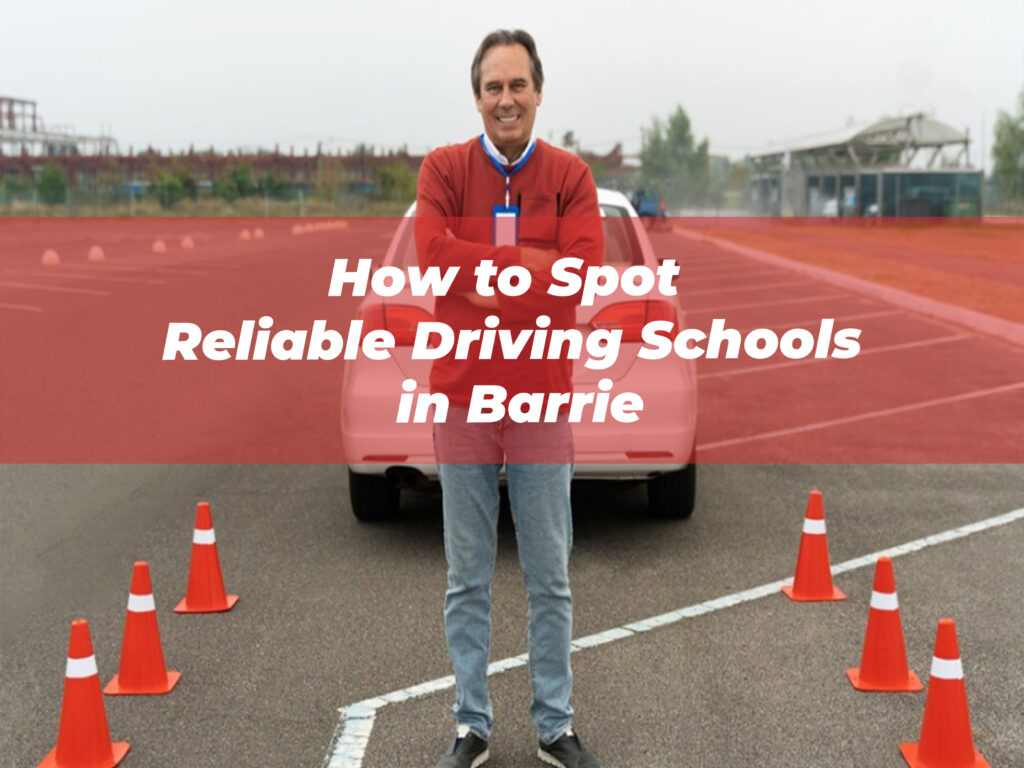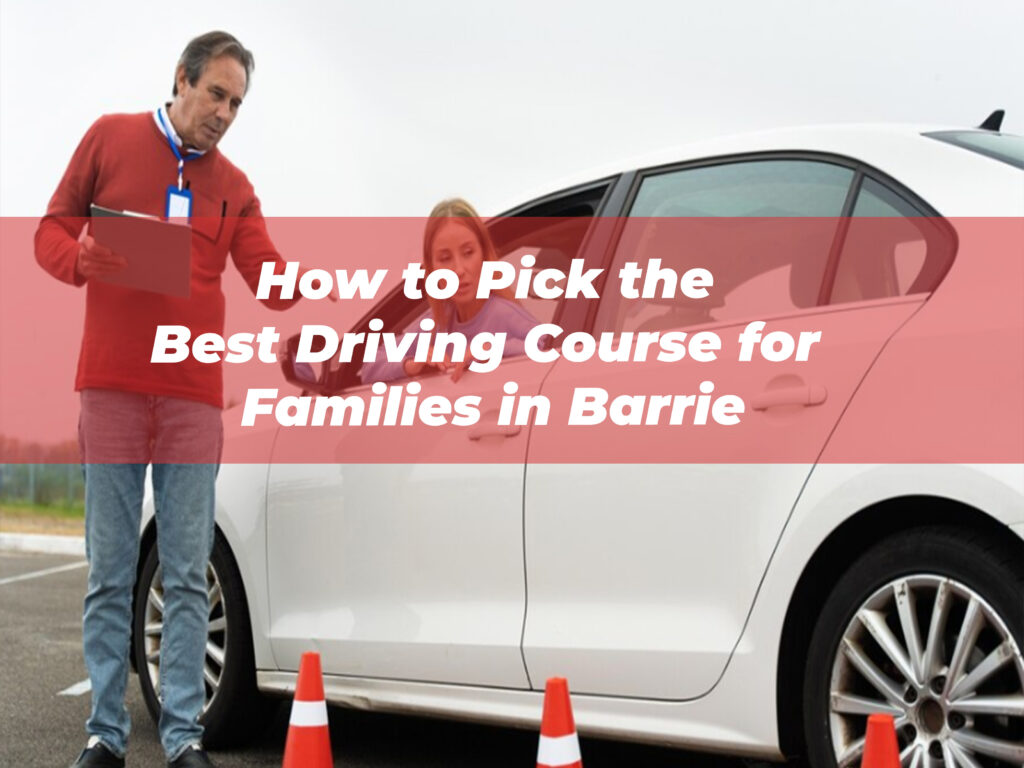Graduated License System in Ontario is an exciting milestone, but it’s also a process that requires responsibility and patience. To ensure drivers gain the skills and experience necessary to handle the roads safely, Ontario uses a Graduated Licensing System (GLS). This program divides the process into stages, giving new drivers the time to build confidence and competence behind the wheel.
If you’re just starting your driving journey or helping someone through the process, this guide will explain everything you need to know. From the G1 license to the G class license, we’ll walk you through the requirements, tips for success, and why this system is crucial for road safety.
What is Ontario’s Graduated License System?
The Graduated License System is a tiered approach to obtaining a full, unrestricted driver’s license in Ontario. It’s designed to ensure that new drivers gain the skills and experience to drive safely, especially as they transition from controlled beginner conditions to more complex road settings.
Launched in 1994, the GLS aims to reduce accidents involving novice drivers by introducing learning stages with fewer risks. Ontario’s system consists of three stages:
- G1 License
- G2 License
- Full G License (Unrestricted License)
Each stage comes with its own rules, restrictions, and Graduated License System requirements. Progressing through these ensures drivers steadily build the skills necessary for safe and responsible driving.
Stage 1: G1 License – The Beginner’s Permit
The first step in Ontario’s GLS is obtaining your Graduated License System. This is essentially a learner’s permit designed to help you get familiar with the rules of the road and basic driving techniques.
Eligibility Requirements
To apply for a G1 license, you must meet the following criteria:
- Be 16 years of age or older.
- Pass an eye test to confirm sufficient vision for driving.
- Successfully pass a written knowledge test covering road rules, signs, and traffic laws in Ontario.
The G1 test is available at Graduated License System Centres across the province and is based on the Ontario Driver’s Handbook, which you can purchase or access online.

G1 Driving Restrictions
Once you’ve obtained your G1, there are several restrictions to keep you and others safe while you learn:
Accompanied Driving Only
You must always have a fully licensed driver (with a G class license) with four or more years of driving experience in the passenger seat.No Driving on 400-Series Highways or High-Speed Roads
Until you receive your G2 license, you cannot Graduated License System on roads with speeds over 80 km/h unless accompanied by a licensed instructor.No Driving After Dark (Midnight to 5 a.m.)
Driving late at night is prohibited for G1 license holders.No Alcohol or Drugs
You must maintain a blood alcohol level (BAC) of zero while driving.Seatbelts for Everyone
Ensure that every passenger in the vehicle is wearing a seatbelt.
Tips to Succeed as a G1 Driver
- Familiarize yourself with road signs and rules by studying the Graduated License System Handbook.
- Practice with an experienced and patient supervisor who can coach and encourage you.
- Take professional driving lessons to build a strong foundation of skills.
Stage 2: G2 License – Your First Independent Driving Experience
After holding your G1 license for a minimum of 12 months (or 8 months if you complete a Ministry-approved driver education course), you’re eligible to take the G1 exit test to progress to the Graduated License System. This test assesses your practical driving abilities in real-world conditions.
The G1 Exit Road Test
The test typically evaluates the following skills:
- Safe and proper lane changes.
- Turning at intersections.
- Parking maneuvers (parallel parking and reverse parking).
- Adherence to speed limits and traffic signs.
- Proper use of mirrors and signals.
Passing this test demonstrates your ability to handle a vehicle in everyday traffic.
G2 Driving Privileges
With your G2 license, you can:
- Drive independently (no need for a supervising Graduated License System).
- Drive on all Ontario roads, including highways.
However, you’re still subject to certain restrictions.
G2 Driving Restrictions
Zero Blood Alcohol Content (BAC)
Just like with a G1 license, you must maintain a BAC of 0% while driving.Passenger Limits (if under 20 years)
If you’re a G2 driver under the age of 20, there are restrictions on the number of passengers under 19 years old that you can transport at night (between midnight and 5 a.m.).
Tips for a Smooth G2 Experience
- Log plenty of practice hours to develop confidence in various driving conditions, including nighttime and bad weather.
- Gradually build your comfort level by driving unfamiliar routes or highways under supervision.
- Stay patient and follow traffic rules carefully; your driving record carries over when you apply for your full G Graduated License System!
Stage 3: G License – Full Driving Privileges
The final step in Ontario’s GLS is obtaining your full, unrestricted G class license.
Eligibility Requirements
To qualify for the G license:
- You must have held your G2 license for 12 months.
- Pass the G2 exit road test, also referred to as the highway driving test.
The G2 Exit Road Test
This test focuses on advanced Graduated License System skills, particularly handling high-speed roads like 400-series highways. You’ll be evaluated on:
- Merging and exiting highways safely.
- Maintaining proper lane discipline and speed.
- Observing traffic around you and making defensive decisions.
Benefits of the G License
Once you pass, you gain full driving privileges with no time-of-day restrictions or limits on passengers. You also join Ontario’s pool of experienced drivers, earning more freedom while maintaining responsibility to uphold road safety.
Why is the Graduated Licensing System Important?
Ontario’s Graduated Licensing System isn’t just about earning the right to drive; it’s a program rooted in safety and responsibility.
1. Safer Roads for Everyone
The GLS ensures drivers learn gradually, reducing risks posed by inexperience. Studies have shown that collision rates drop significantly for new drivers who pass through a graduated system compared to those without one.
2. Better Decision-Making
By applying rules and restrictions at early stages, novice Graduated License System are encouraged to develop good habits such as sober driving, seatbelt use, and safe lane changes.
3. Reduced Stress for Learners
The step-by-step approach gives drivers the opportunity to build confidence at their own pace, rather than rushing into challenging driving environments prematurely.
Common Challenges of Graduated Licensing and How to Overcome Them
While the GLS supports safe learning, some drivers may feel anxious Graduated License System its requirements. Here are common challenges and how to tackle them:
Challenge #1. Nerves During Road Tests
Even the most prepared drivers can feel nervous under test conditions.
Solution: Take deep breaths and focus on the skills you’ve practiced. Consider taking a professional driving lesson just before your test for last-minute tips and confidence.
Challenge #2. Time Management
Between school, work, and other commitments, finding time to practice driving can be difficult.
Solution: Schedule regular, shorter practice sessions instead of waiting for large chunks of time.
Challenge #3. Adjusting to Different Conditions
Driving at night or in bad weather is intimidating for learners.
Solution: Gradually expose yourself to a variety of conditions, but always bring an experienced driver for guidance until you feel comfortable.
Key Tips for Success
Start Early
Begin practicing as soon as you receive your Graduated License System. The more experience you gain, the more confident you’ll feel about progressing.Review the Ontario Driver’s Handbook
This manual is the foundation for all written and road tests, so study it thoroughly.Consider Professional Driving School
Accredited lessons can fast-track your learning, help you avoid bad habits, and reduce your wait time to apply for the G2 license.Stay Calm Under Pressure
Every driver makes mistakes, but staying calm and correcting your errors is what matters most.
Final Thoughts
Ontario’s Graduated Licensing System is a thoughtful approach to ensuring that new drivers develop the skills necessary for safe and responsible road use. The process may take time, but each step builds on the last to prepare you for the challenges of independent driving.
Take your time, follow the rules, and focus on learning, not just passing tests. The roads are safer because of the GLS, and with dedication and patience, you’ll soon enjoy the freedom and responsibility that come with a full G class license.










